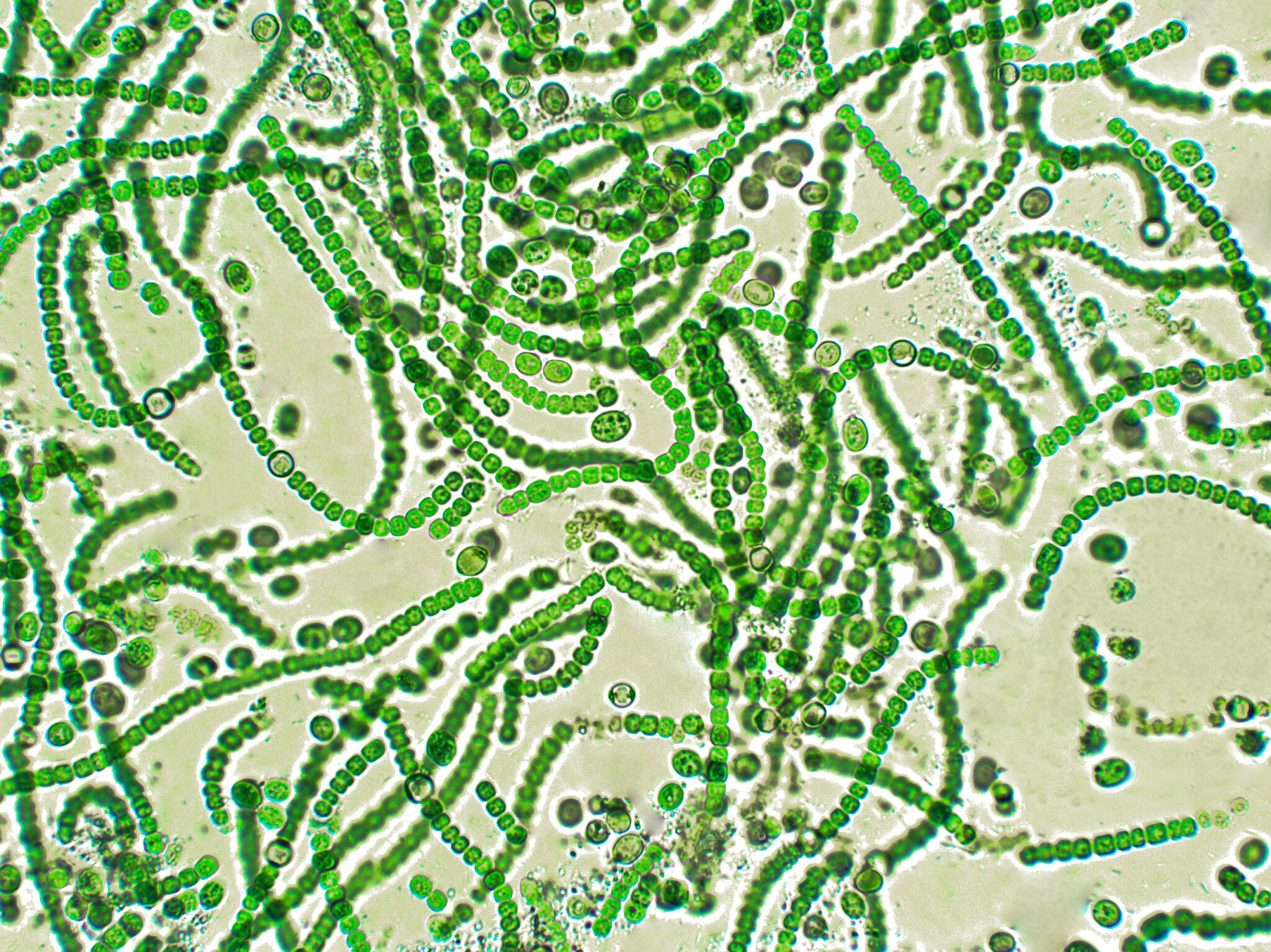New Cyanobacteria Blooms Found in Riverwoods Pond, Residents Warned Not to Swim

The presence of new cyanobacteria blooms in Riverwoods Pond, Riverside, has been discovered through analysis of surface water samples by SUNY Stony Brook.
The cyanobacteria blooms, also known as blue-green algae, are naturally present in lakes and streams in low numbers but can become abundant, forming blooms in various shades, including green, blue-green, yellow, brown, or red.
Health officials are urging residents to avoid using, swimming, or wading in these waters and to keep children and pets away from the area.
These blooms can produce floating scum on the water’s surface or give the water a paint-like appearance. Contact with waters that appear scummy or discolored should be avoided.
Harmful algal blooms in freshwater patches consist of visible patches of cyanobacteria that can produce toxins and other harmful compounds that can pose health risks to people, animals, and wildlife, according to the New York State Department of Environmental Conservation.
In Suffolk County there are approximately six water bodies, including Maratooka Lake, Lake Agawam and Wainscott Pond, with current harmful algae bloom reports over the last two weeks.
If contact does occur, rinse with clean water immediately and seek medical attention if symptoms such as nausea, vomiting, diarrhea, skin, eye, or throat irritation, or allergic reactions and breathing difficulties occur after contact.
To report a suspected blue-green algae bloom at a body of water that contains a Suffolk County-permitted bathing beach, please contact the Suffolk County Department of Health Services’ Office of Ecology at 631-852-5760 from 8:30 a.m.–4:30 p.m. or by email at any time at scdhsweb@suffolkcountyny.gov.
To report a suspected blue-green algae bloom to the New York State Department of Environmental Conservation (NYSDEC) at a body of water that does NOT contain a Suffolk County permitted bathing beach, email habsinfo@dec.ny.gov.



